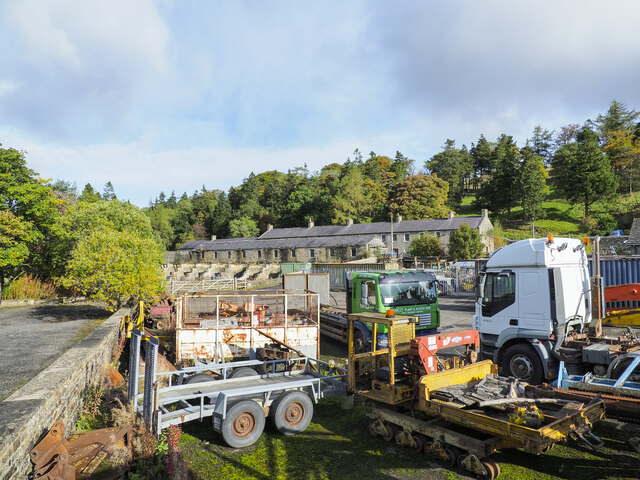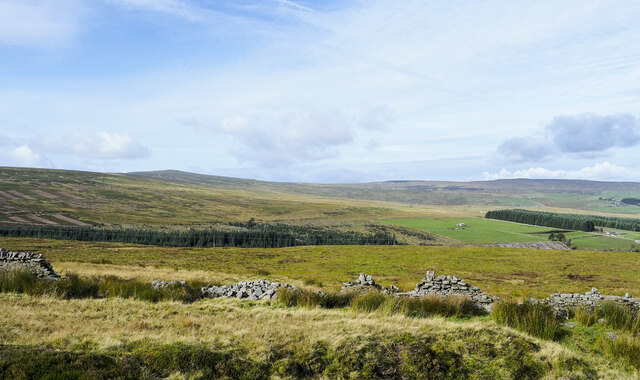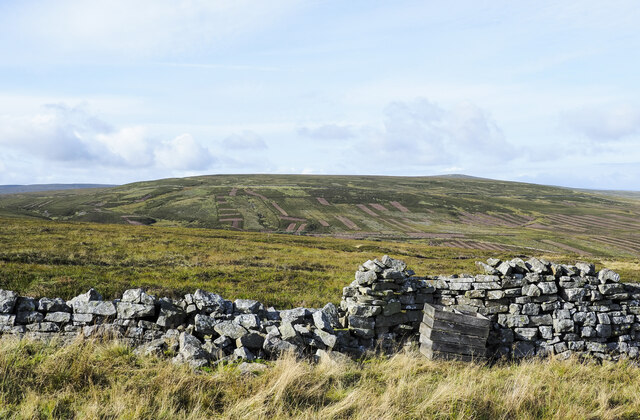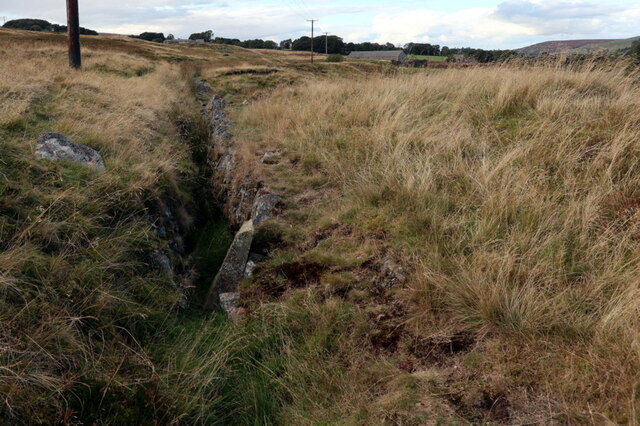Allen Cleugh
Valley in Northumberland
England
Allen Cleugh
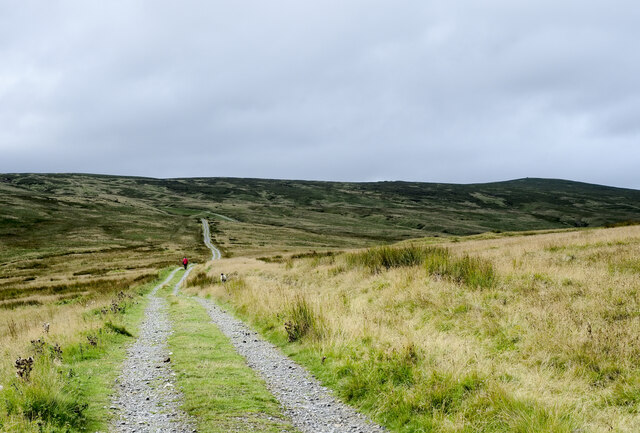
Allen Cleugh is a small valley located in Northumberland, England. Nestled between the hills and green landscapes of the North Pennines, this picturesque area offers a serene and tranquil atmosphere for visitors and residents alike. The valley is situated near the village of Allendale, which is about 34 miles west of Newcastle upon Tyne.
With its stunning natural beauty, Allen Cleugh attracts nature enthusiasts, hikers, and those seeking a peaceful retreat. The valley is known for its lush vegetation, dotted with meandering streams and charming waterfalls. The surrounding hills provide a scenic backdrop, offering breathtaking views of the valley below.
The area is rich in history, with evidence of human habitation dating back to the Bronze Age. Historic ruins and archaeological sites can be found throughout the valley, providing a glimpse into its ancient past. Visitors can explore the remnants of old lead mines, which were once a thriving industry in the area.
In addition to its natural and historical attractions, Allen Cleugh is also home to a diverse range of wildlife. Birdwatchers can spot various species, including the elusive red grouse, while nature lovers may catch a glimpse of roe deer or otters along the streams.
Despite its secluded location, Allen Cleugh offers a range of amenities and facilities to cater to visitors. There are several accommodation options available, including cozy bed and breakfasts and self-catering cottages. Additionally, the valley is within easy reach of nearby villages and towns, where visitors can find shops, restaurants, and other services.
Overall, Allen Cleugh is a hidden gem in Northumberland, offering a peaceful and idyllic escape for those seeking natural beauty, history, and a touch of tranquility.
If you have any feedback on the listing, please let us know in the comments section below.
Allen Cleugh Images
Images are sourced within 2km of 54.800648/-2.2210236 or Grid Reference NY8545. Thanks to Geograph Open Source API. All images are credited.
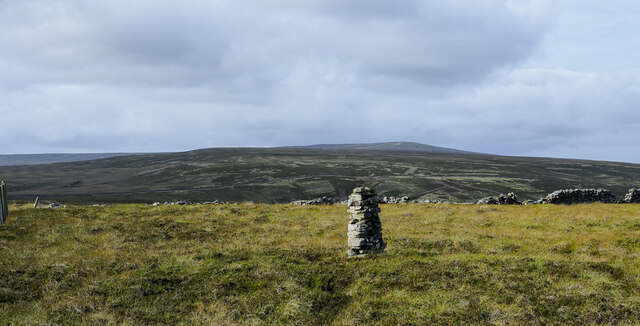
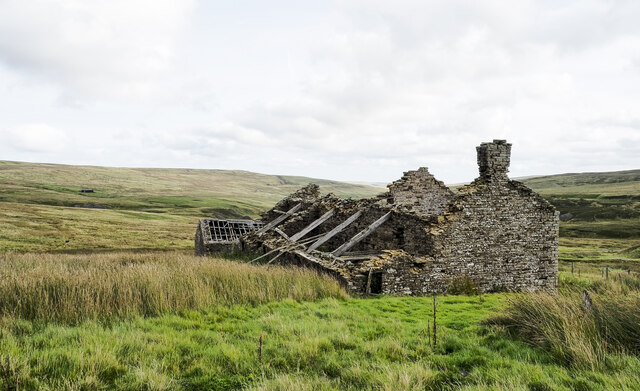
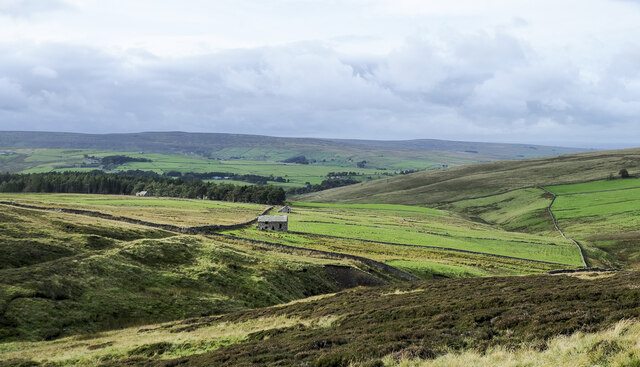
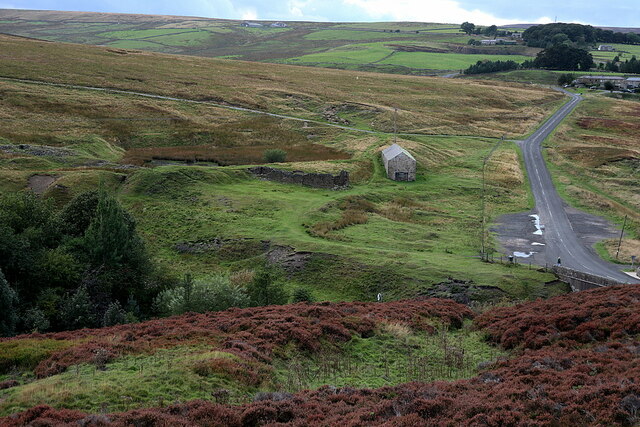
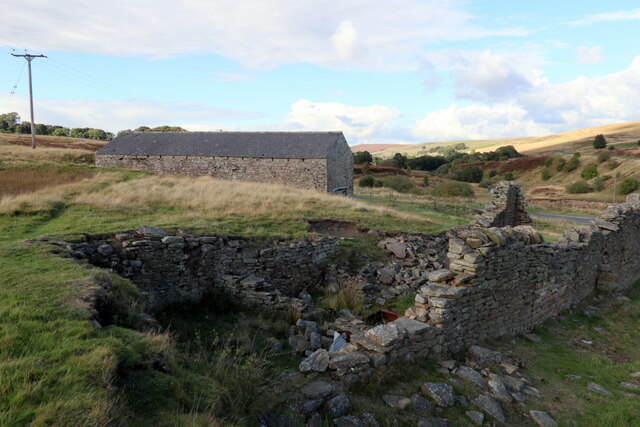
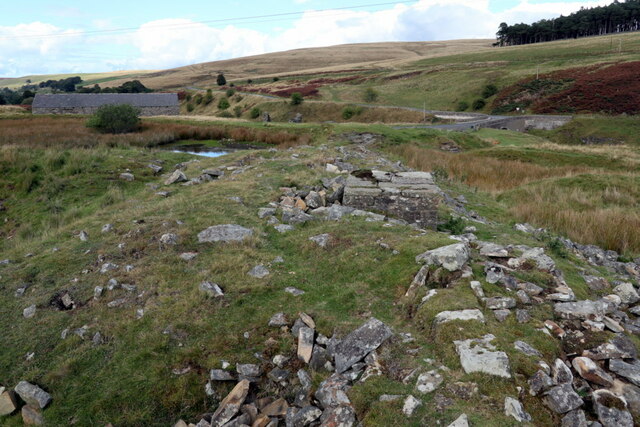
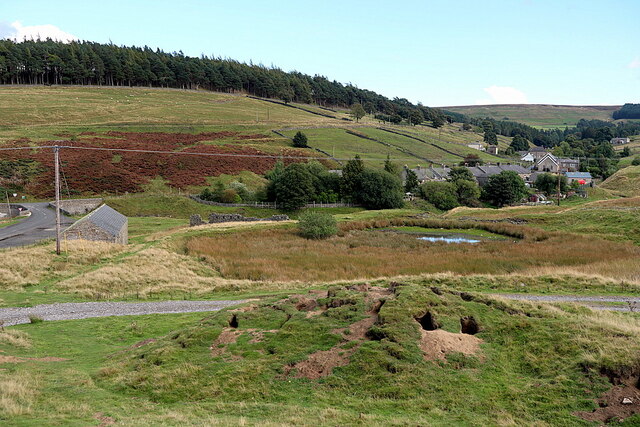
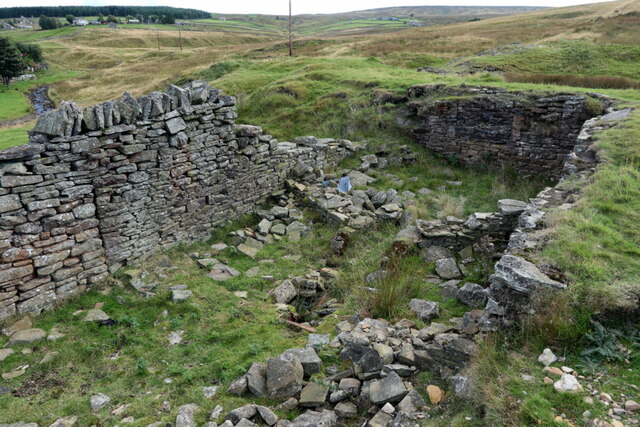
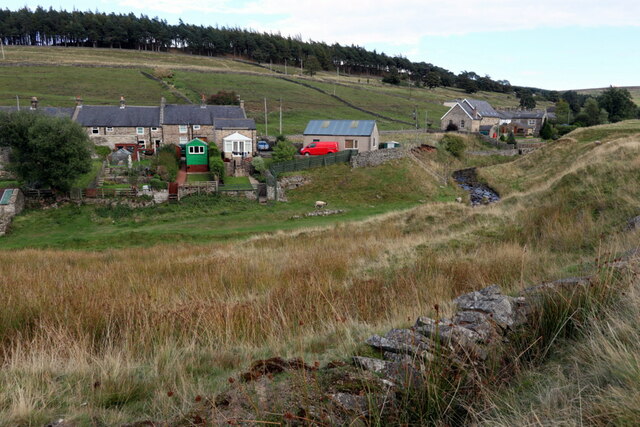
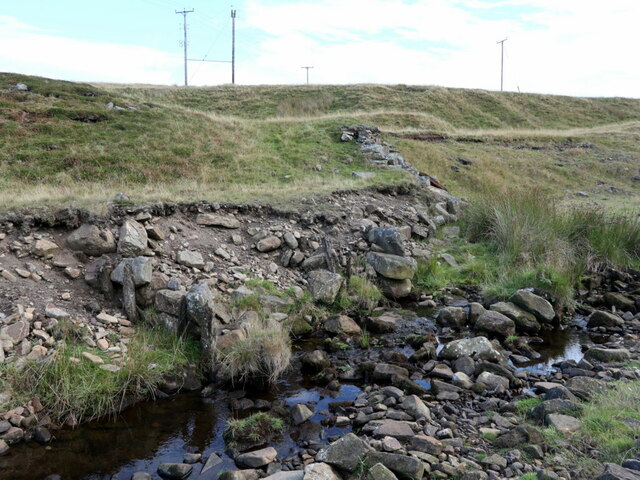
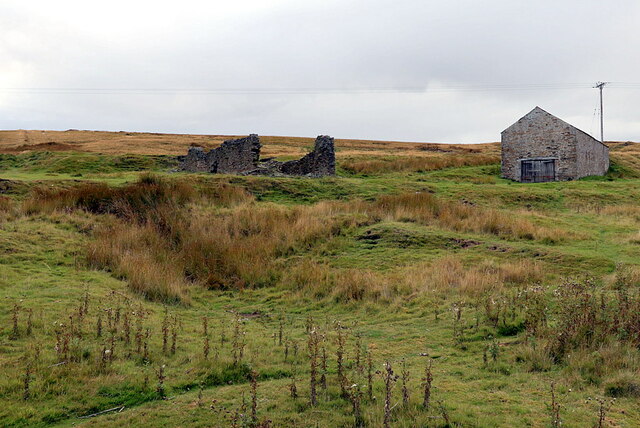
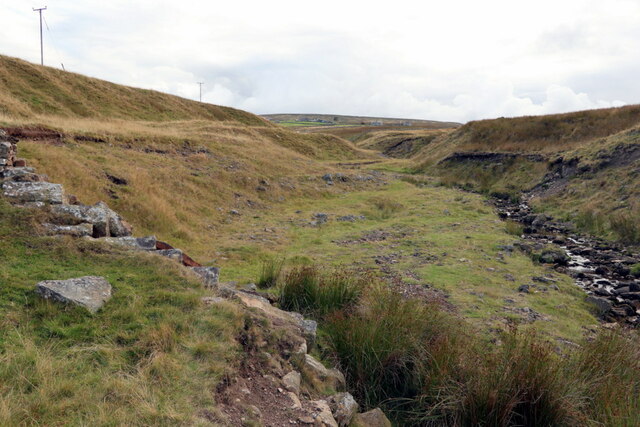
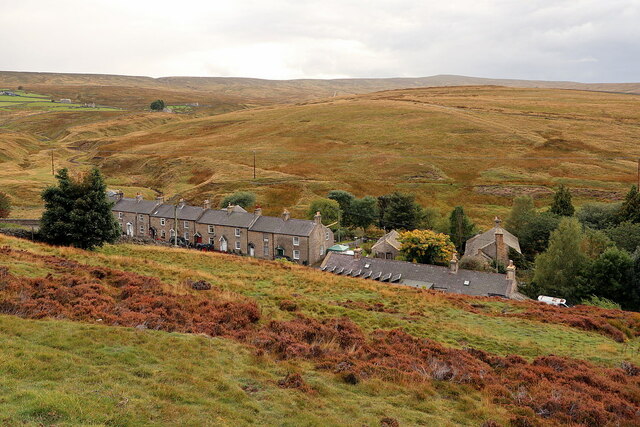
Allen Cleugh is located at Grid Ref: NY8545 (Lat: 54.800648, Lng: -2.2210236)
Unitary Authority: Northumberland
Police Authority: Northumbria
What 3 Words
///unhelpful.nibbles.magnets. Near Alston, Cumbria
Nearby Locations
Related Wikis
Nearby Amenities
Located within 500m of 54.800648,-2.2210236Have you been to Allen Cleugh?
Leave your review of Allen Cleugh below (or comments, questions and feedback).
